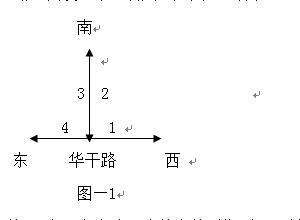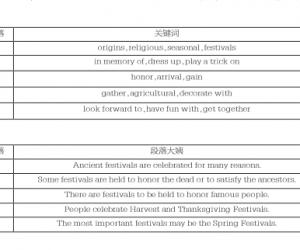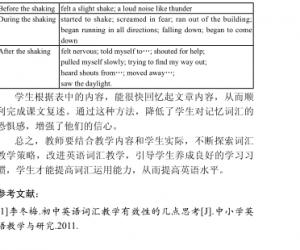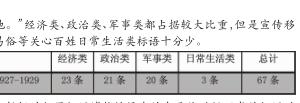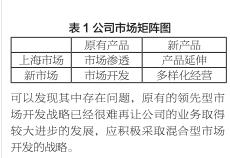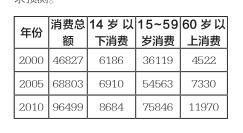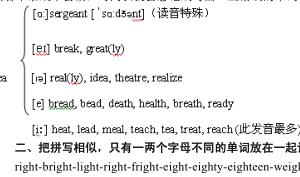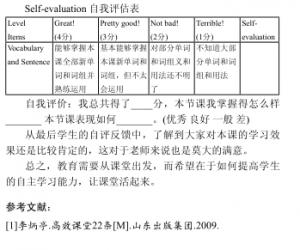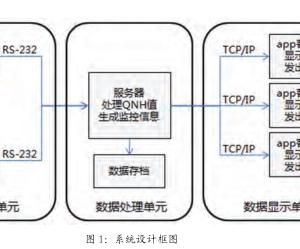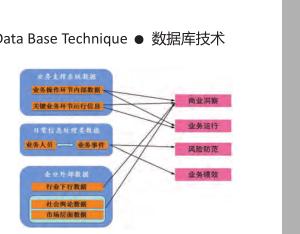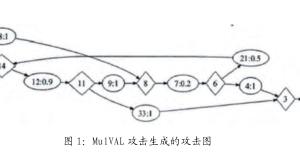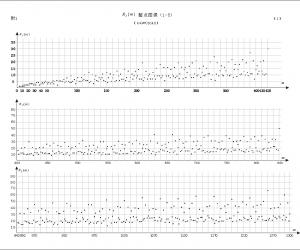Translation Methods of Chinese Landscape Poetry Referring to Leaving Blanks —…
收藏
打印
发给朋友
发布者:lunwenchina
热度0票 浏览114次
时间:2019年12月16日 10:27
School of Foreign Languages, China University of Petroleum/LI Chen【Abstracts】 Poem and painting, being regarded as an integration,are sharing the same origin. How to make the foreign readers feelthe same way with the original Chinese readers is crucial in theprocess of translating Chinese landscape poetry. Several Englishversions of Wang Wei’s landscape poems are analyzed, referringto the skills of Chinese painting, for instance, blank-leaving andcavalier perspective, which can provide a brand-new perspectivefor Chinese landscape poetry translation, and at the same time, helpto retain the feelings in the original poem.
【Key words】 Chinese landscape poem; Chinese painting theory;blank-leaving; cavalier perspective; Wang Wei1. Introduction
The title of this essay shows that in this thesis, poem andpaintings are closely related together. There has been a hesitationover this title. Since Lessing's Laocoon, which could be rated as themost important work of poetry theory in modern literature claimsthat “paintings are the art of space, while poems are the voice oftime.” They are using two different medias so that pictures arebetter for describe the scenes and poems for narrating movement.
2. Leave Blanks
Song Baihua proposed that the pursuit to the spirit of“blank” is the embodiment of Chinese traditional art.
“Blank” is also an important component of the art form oftraditional Chinese painting. Wang Wei can be regarded as one ofthe best poet in using this skill, whose poems are always ethereal.
This thesis analyzed the usage of “leaving blanks” in his poem《鸟鸣涧》:
鸟鸣涧
人闲桂花落,夜静春山空。
月出惊山鸟,时鸣春涧中。
Word “空” shows the gap and nothingness of the scenethat is described in the poem above. While reading this poem, avivid picture is presented in the readers’ mind. As Gao Qingexplained, “Surrounded by a wound river, a city stands solitarilyin the twilight. There is a shade of color above the forest, whichis maybe a mountain far away, maybe not. Human voices canbe heard from the boat moored beside the river, but no beingscan be seen. Gaps between lines set off a scene of tranquility.”
Several versions will be listed as follows to interpret the methodof “leaving blanks” in translating Chinese landscape poems.
Version 1: Translated by Yang Xianyi and Gladys Yang (杨宪益、戴乃迭)
The Gully of Twittering Bird
Idly I watch the cassia petals fall,
Silent the night and empty the spring hills;
The rising moon startles the mountain birds,
Which twitter fitfully in the spring gully.
Version 2: Translated by Weng Xianliang (翁显良)Stillness Audible
Free and at peace. Let the sweet osmanthus shed its bloom.
Night falls and the very mountains dissolve into the void.
When the moon rises and the birds are roused,their desultory chirping only accents the deep hush of dales.
As “blanks” being the delicate part of Chinese landscapepoetry, translation of it should keep the art and connotation ofLeaving Blanks. In translating such a poem, modifiers of subsidiaryimportance are not necessary to be rendered in the target languagespecifically for they only play a minor role in the expression of thetheme, and their function is to amplify the effect of blanks.
Two versions above are of different styles. “Empty” and“void” are respectively used in the poems above, but the word“void” has a meaning of loneliness. Since the poem here istrying to express leisure rather than vacuous, “empty” is betterin this text. When it comes to “惊” , “startle” is definitelymore vivid and relevant than “rouse” or “arouse” .
4. Conclusion
To introduce landscape poems to foreign readers, manytranslators are trying their best to give readers a good translationversion. But without an adequate method, this is by no means aneasy work. And it’s difficult to find the target text in English forsome Chinese characters.
Lewis C. Day, an English scholar, expressed in his PoeticImages that an image “is a picture made out of words” . Whentranslating Chinese poetry, the aesthetic value of it should neverbe forbidden, and the methods mentioned in this thesis mustbe based a principle that the target language texts should beunderstandable to readers.
References:
[1]宗白华.美学散步[M].上海:上海人民出版社,1981:148.
[2]高擎.中国画论观照下的中国山水诗歌的美学价值及其翻译[D].宿州学院学报,2010:50.
[3]Li Chen.On Culture Translation of Hong Lou Meng[J].
Anhui:Overseas English.2015.
[4]Lewis,C.D.The poetic image[J].Symposium A QuarterlyJournal in Modern Literatures.1947,10(1):1-24.
作者简介:李晨(1994-),女,陕西延安人,硕士研究生,主要研究方向为翻译。





